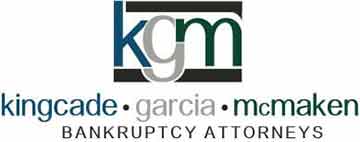Right now, people across Florida and throughout much of the nation are busy finalizing their plans for the Fourth of July holiday, calling friends, planning outings or even loading their car for a road trip. However, regardless of what people have planned for the long weekend, there’s a good chance that they’ll have to take care of some basic housekeeping items before the fun begins.
For instance, they will likely need to sit down to examine their finances and pay their bills, including their credit card. While this is a painless and perfunctory exercise for some, it’s a painful and anxiety provoking process for many others.
Indeed, statistics from the financial website NerdWallet show that the average amount of credit card debt here in the U.S. currently sits at an astounding $15,762, while the average interest rate is a whopping 13.51 percent.
When faced with these massive levels of credit card debt, questions naturally arise as to what, if anything, people can do to get it paid down or paid off as quickly as possible.
Interestingly enough, there appear to be two schools of thought: the debt snowball and the debt avalanche. While these may seem like strange metaphors — particularly here in sunny Florida — financial experts indicate they are both viable repayment strategies.
- Debt snowball: This involves creating a list of credit card debts in order of smallest to largest with the aim of getting rid of the smallest debt first. This is accomplished by making minimum monthly payments on the larger balances while directing all remaining available funds toward the smallest debt. This is done each month until the smallest debt is paid off and then repeating the process with the next smallest debt.
- Debt avalanche: This involves creating a list of credit card debts in order of highest to lowest interest rates with the aim of getting rid of the debt with the highest interest rate first. This is accomplished by making minimum monthly payments on the balances with lower interest rates while directing all remaining available funds toward the debt with the highest interest rate. This is done each month until the most costly debt is paid off and then repeating the process with the debt with the next highest interest rate.
As you might imagine, there is no definitive answer as to which strategy is better. Indeed, experts suggest that the former is better for those looking for quick, morale-boosting wins, while the latter is better for those looking to eliminate debt faster.
While it’s reassuring for people to know that they have viable options available for paying down their credit card debt, it’s also important for them to know that they have options available if this credit card debt becomes unmanageable despite their best efforts. Indeed, filing for personal bankruptcy can help eliminate credit card debt and put people on the path to a fresh financial start.


